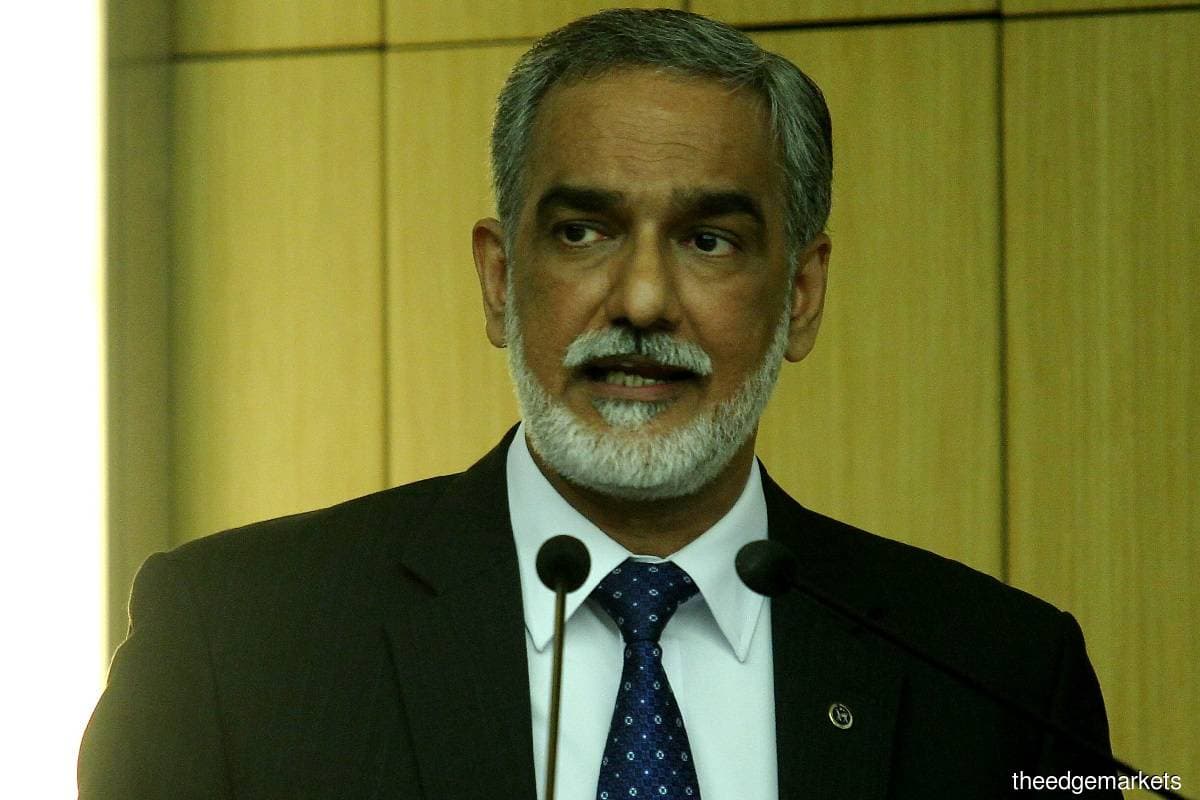
KUALA LUMPUR (May 23): Pegging the ringgit to the US dollar may potentially push the country into a financial crisis, according to former Bank Negara Malaysia (BNM) deputy governor, Dr Sukudhew (Sukhdave) Singh.
In a post on his official LinkedIn account, Sukhdave warned that pegging the exchange rate is not a decision that should be taken lightly since it has significant consequences for the economy and Malaysia's financial markets.
"Now that the US dollar is strengthening against many currencies, including the ringgit, we are once again hearing local calls for the central bank to peg the ringgit to the dollar.
"What they (those who moot the idea) often forget to mention is that once we have pegged the ringgit to the US dollar, we will have to defend that peg.
"The financial system and the central bank will have to meet all demand for US dollar at the pegged exchange rate. If that demand cannot be met, a black market for US dollar will develop, undermining the official peg," Sukhdave revealed.
Earlier, former prime minister Tun Dr Mahathir Mohamed suggested the government to consider pegging the ringgit to the US dollar as was done between 1998 and 2005.
The government under Dr Mahathir's leadership then decided to peg the ringgit to the US dollar at RM3.80 exchange rate, to address the ringgit's volatile fluctuations as a result of the Asian Financial Crisis (AFC).
The two-time prime minister suggested the same strategy to be implemented to address the current fluctuations of the ringgit against the US dollar.
Meanwhile, Sukhdave also opined that currency speculators will also test the exchange rate peg and residents and non-residents will find all sorts of ways to bet against the peg should the government decide to peg the ringgit.
"In all cases, the central bank will have to back the peg by intervening with its foreign currency reserves. So, it had better have a lot of reserves because it is going to need them to defend the peg.
"To overcome these problems, during the AFC, we did not just stop at the peg.
"We also introduced capital controls to limit capital outflows by residents and non-residents. We also had to undertake numerous other measures to address speculation and capital flight, including the demonetisation of the RM500 and RM1,000 currency notes," he said.
Sukhdave added, the currency peg which was introduced during the AFC was only sustainable because the country had a large current account surplus post-1998, arising from the sharp depreciation of the ringgit as well as strong demand for Malaysia's exports from the rest of the world, particularly the developed countries.
"Without that strong current account surplus providing foreign currency inflows, it is doubtful that Malaysia would have been able to maintain the peg for as long as it did (seven years).
"So, for those calling for a currency peg, I say be careful about what you wish for," Sukhdave warned.
Malaysia in 2005 replaced the currency peg with a managed float system for the ringgit exchange rate.